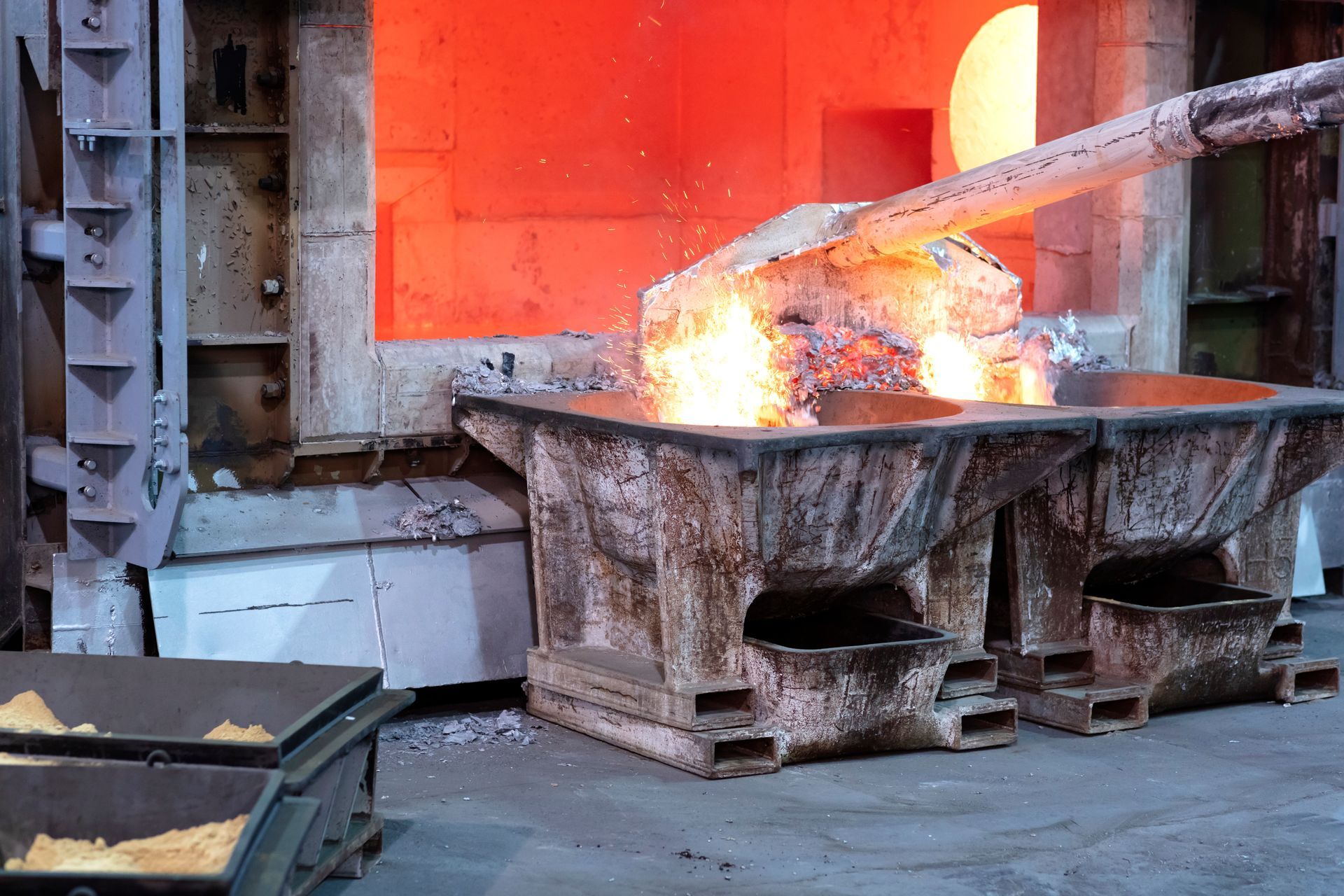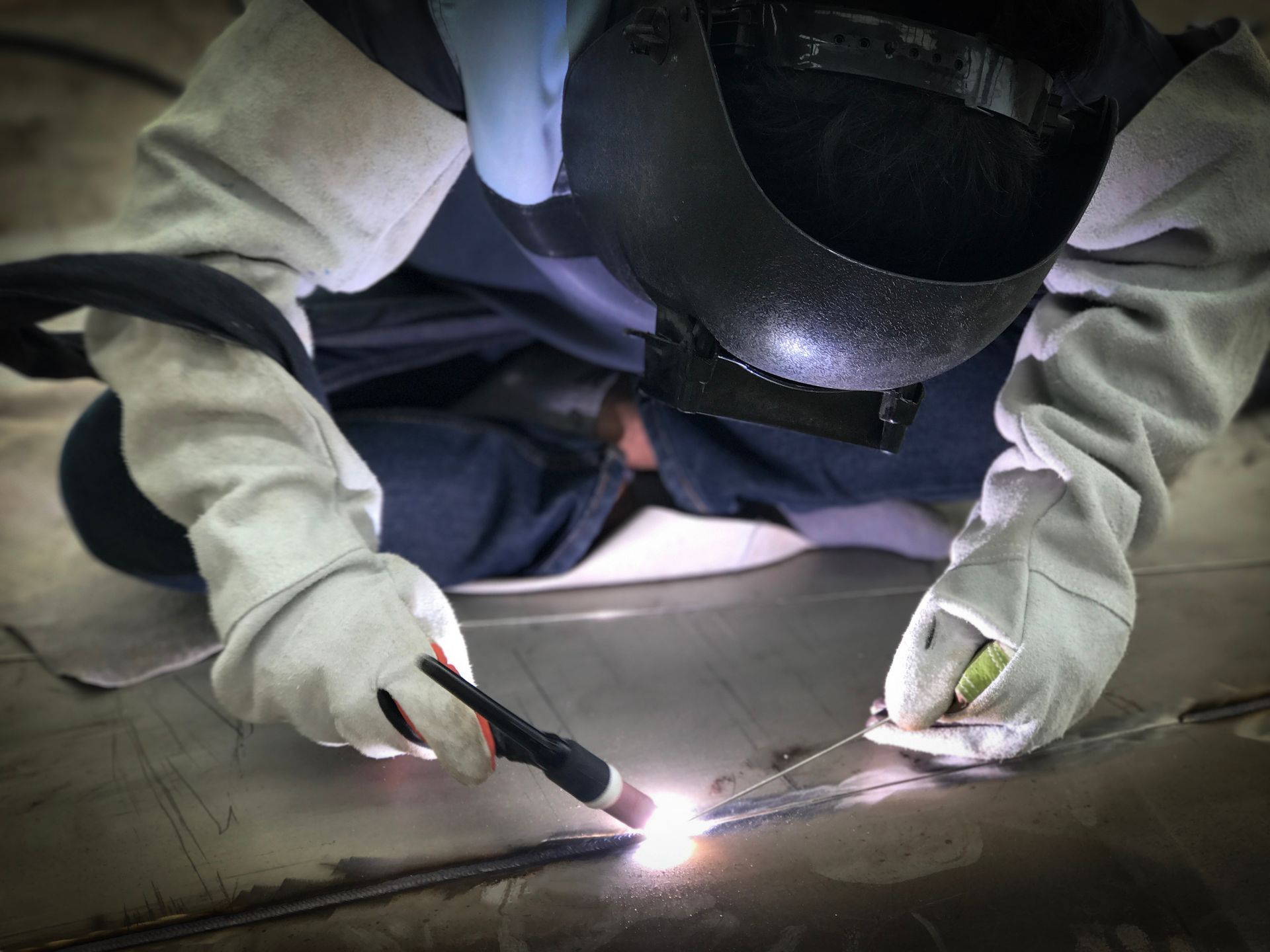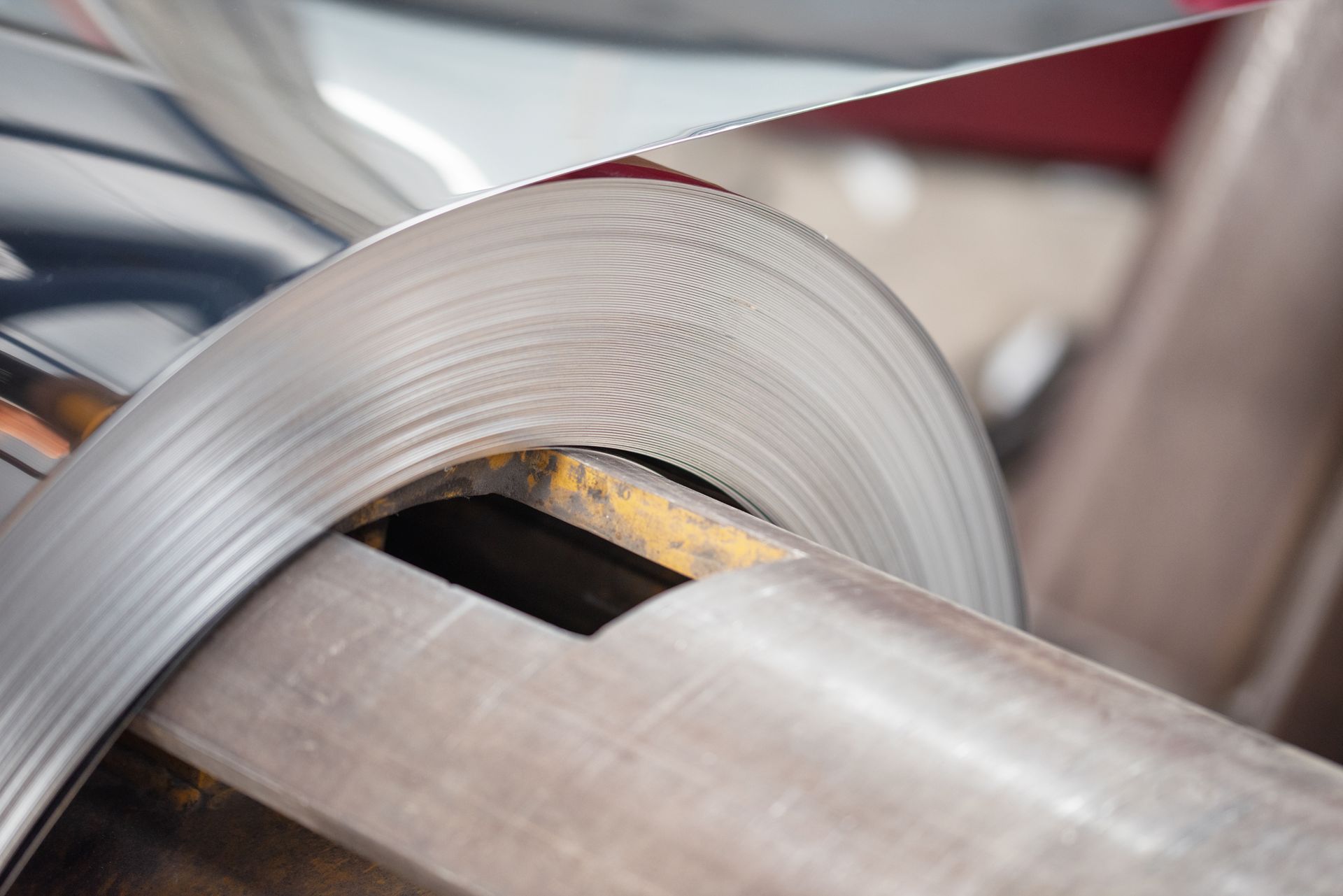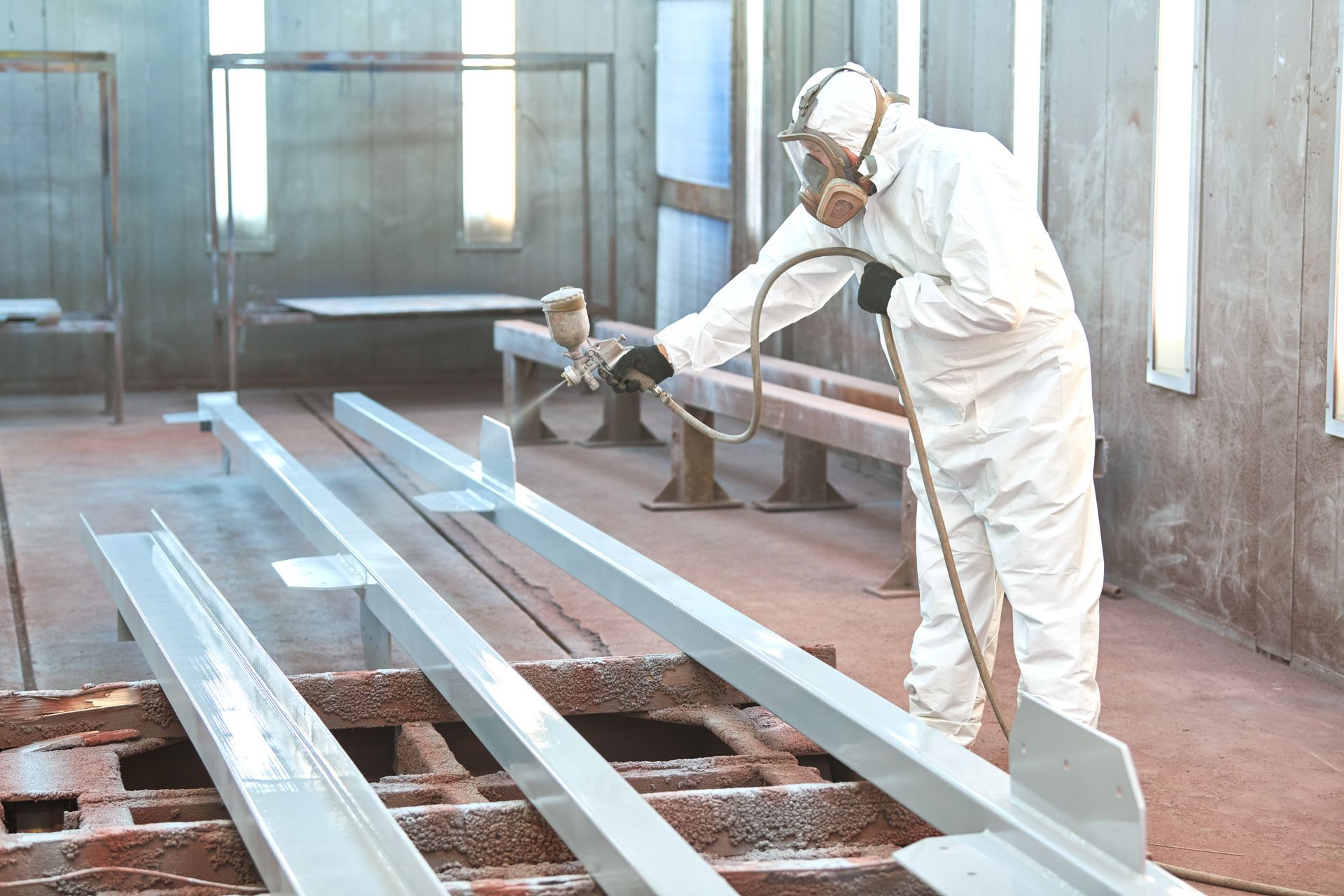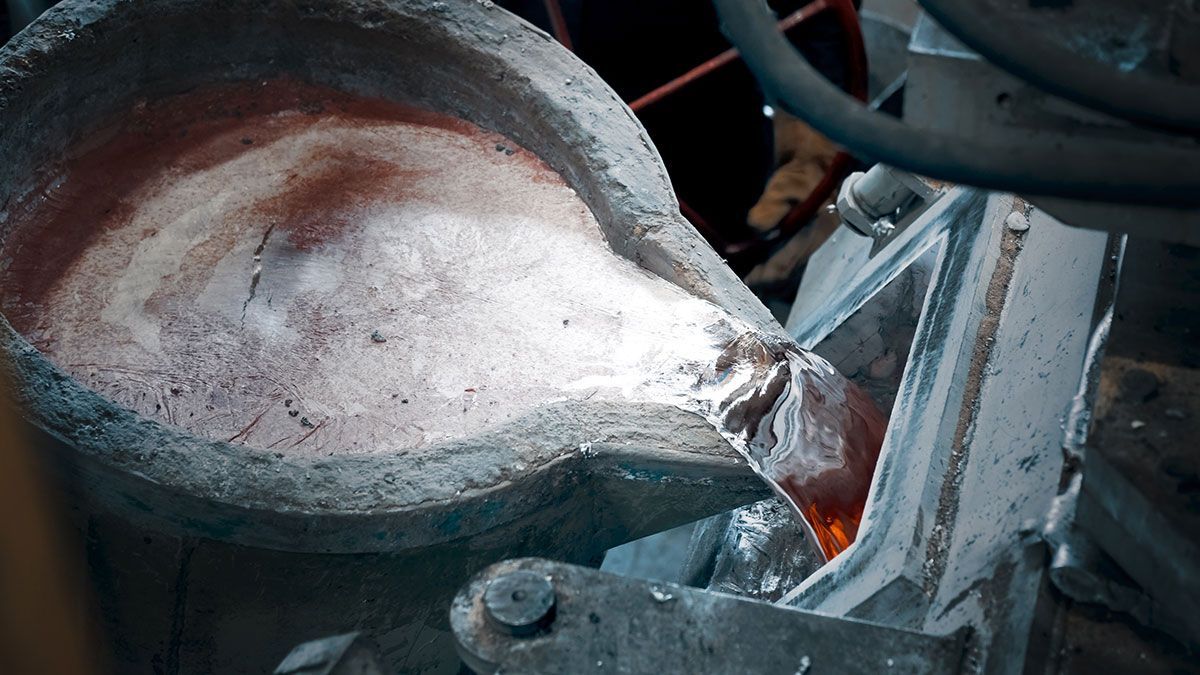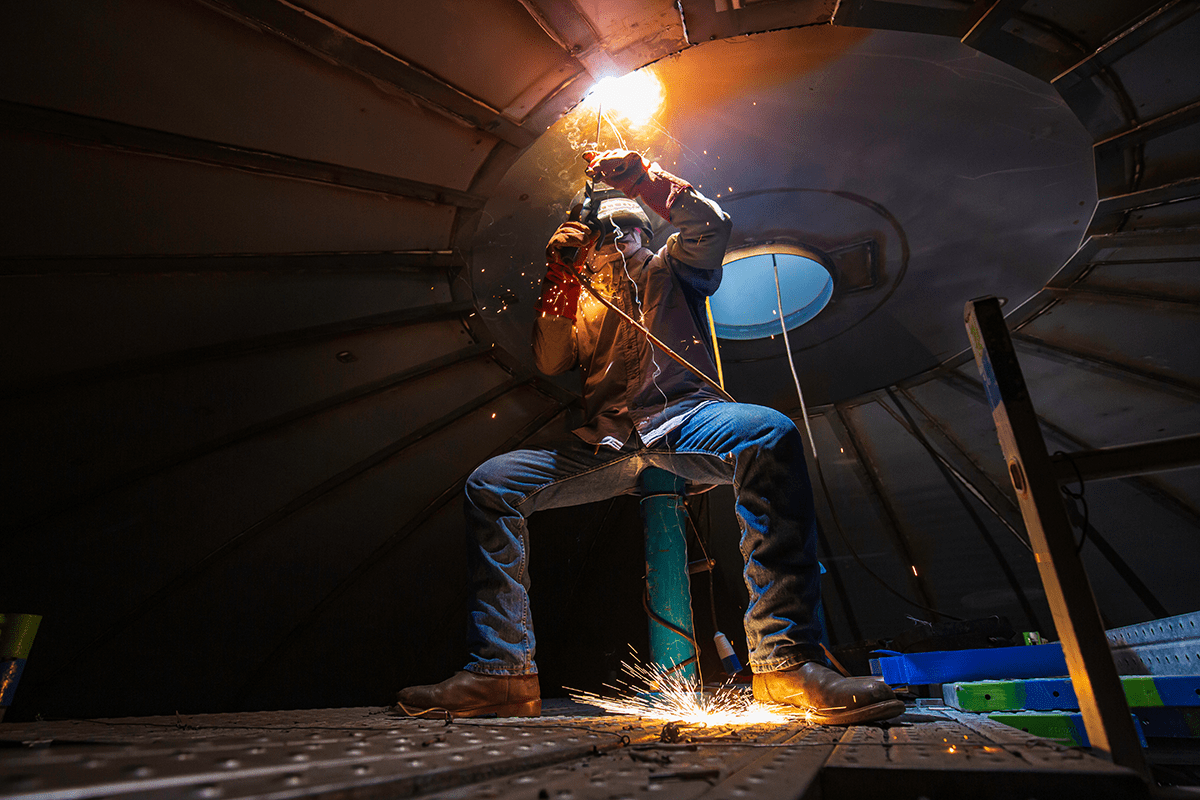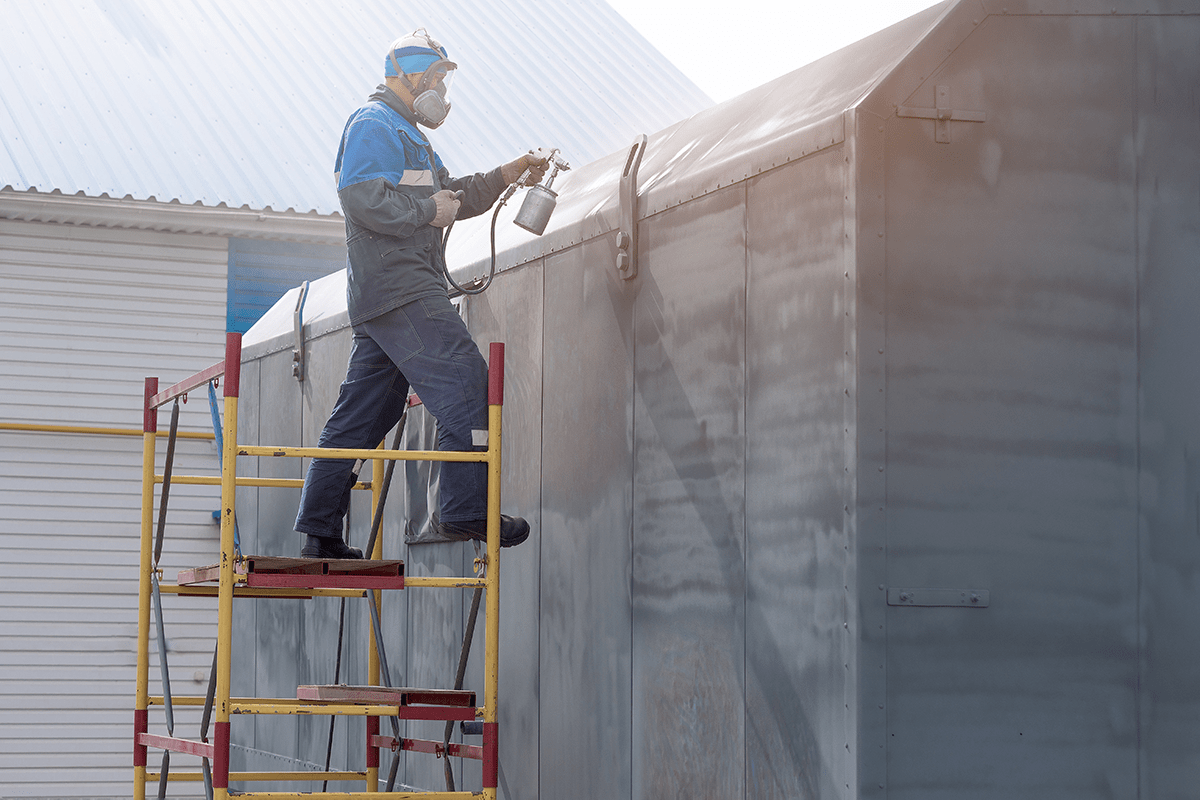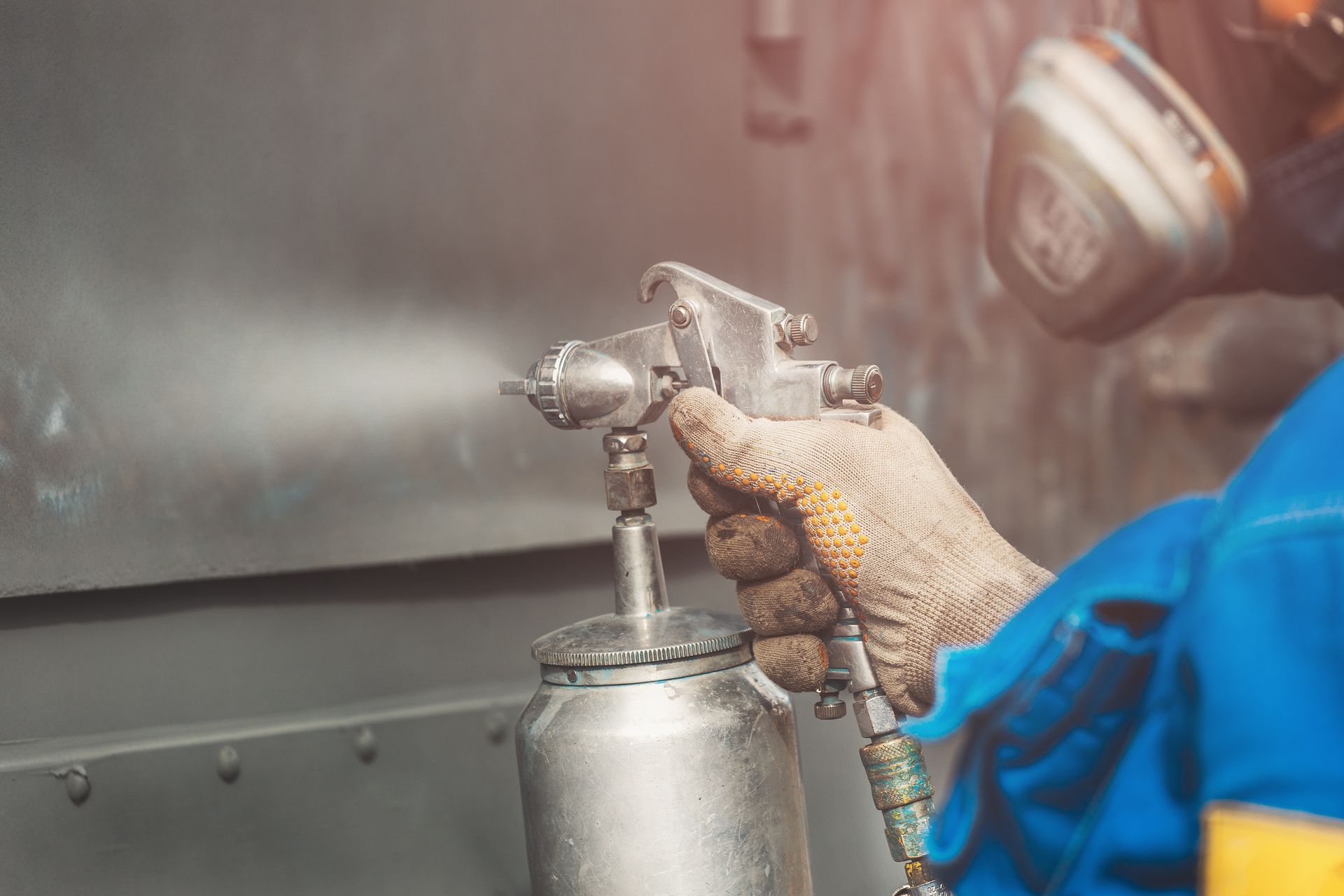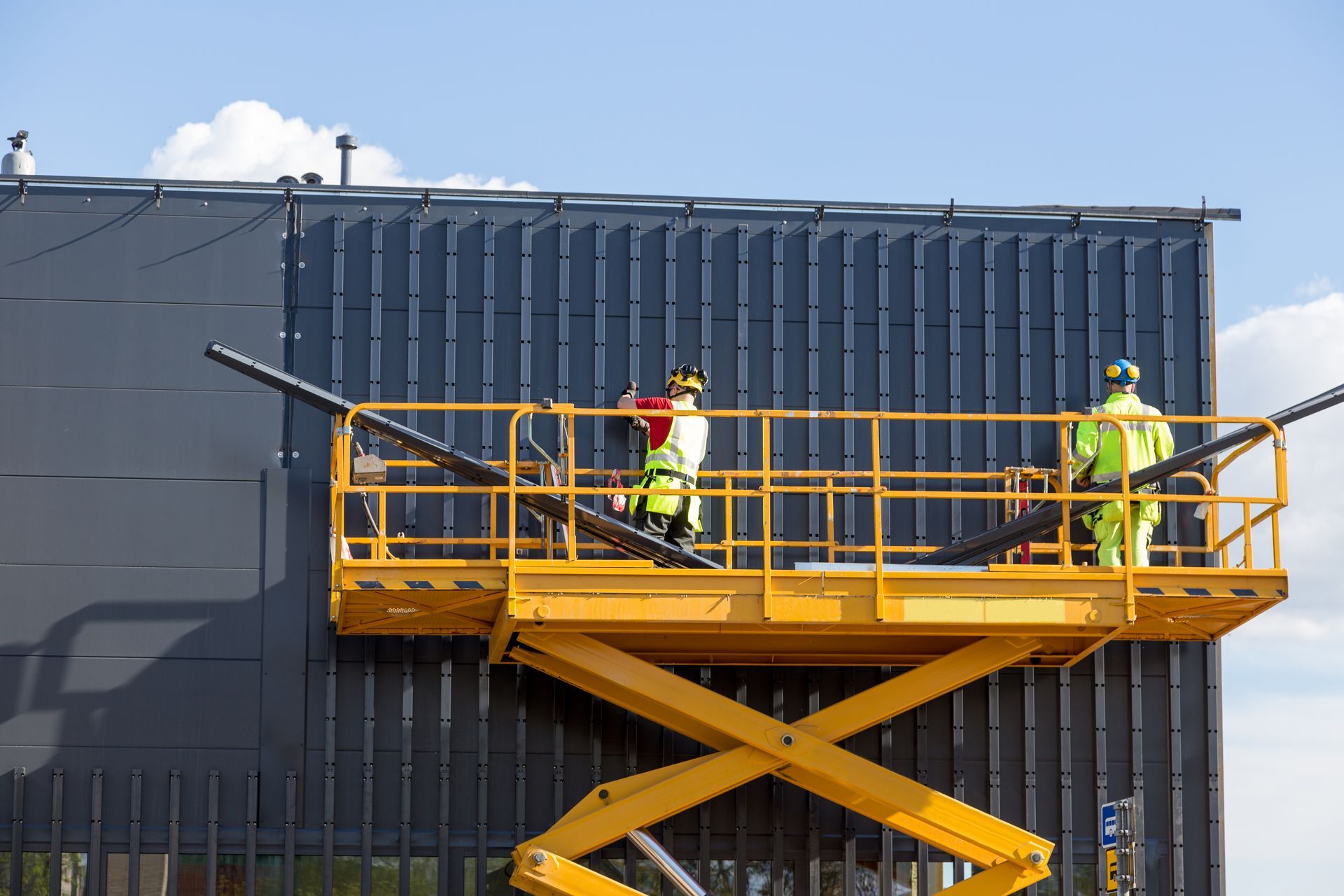Reasons Why Steel Water Tanks Are Popular
For most who are either investing in or upgrading their water tank or water storage capacity, the choice is often polyethylene or plastic.
However, in recent years, the surge in popularity of steel water tanks has disrupted the water storage tank industry with its various benefits.
In this article, we'll list the various reasons why steel water tanks are gaining in popularity.
What are steel water storage tanks?
Typically, steel water storage tanks are made from steel instead of plastic or polyethylene as traditionally manufactured.
Steel water storage tanks are typically pre-fabricated and constructed on site, and transported in flat packs to the location.
Thanks to the bolt together modular design of steel water tanks, they can be constructed up to much larger capacities than poly water tanks can.
Typically the larger the volume of water storage is required, the more economically feasible it becomes to invest in a steel water tank!
If the tank is to be used for potable water, a steel tank would require a liner, which keeps the water fresh, and prevents corrosion of the zinc alloys in the metal of the tank.
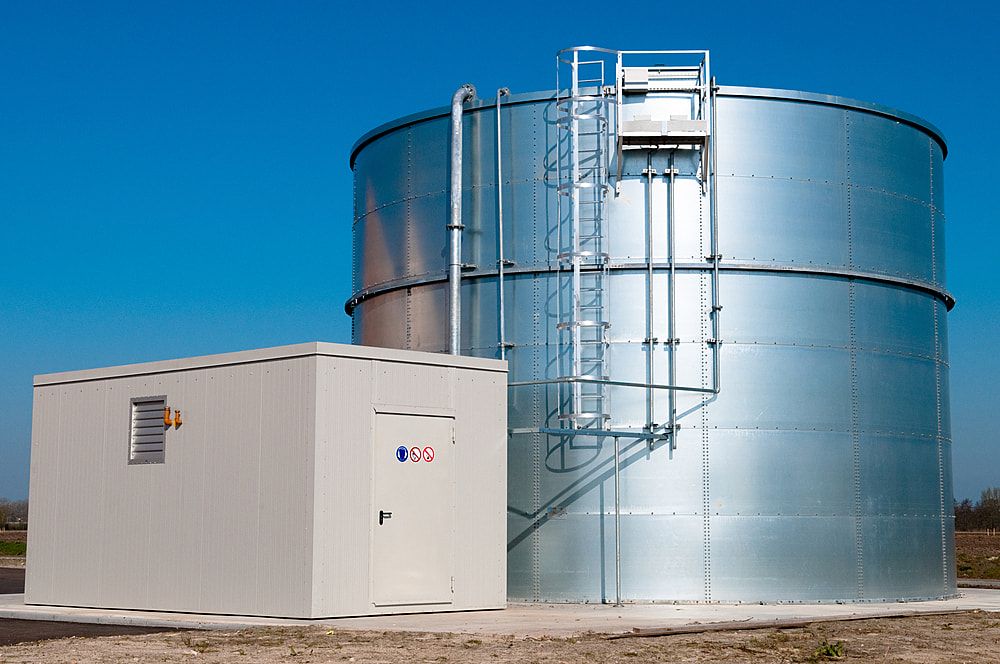
What are the benefits and reasons why steel water tanks are popular?
It offers great corrosion protection
Steel offers greater durability than concrete, plastic or polyethylene.
This strong material resists oxidation by biocides and water, which is an extremely beneficial feature for businesses that need to store water in the tank or any other corrosive material.
It offers a much better lifespan and longevity than polyethylene tanks
Thanks to the UV-stabilisation techniques used, polyethylene water tanks last much longer than typical plastics would when exposed to the elements.
However, there are limits to how many chemicals that can be added. This means that the tanks will still slowly deteriorate over time.
On the other hand, steel water tanks have a longer life span typically than most poly water tanks as the steel does not get degraded by sunlight.
However, steel tanks without a liner that interact with water with high salt or chemical content may corrode faster than those with a liner if not treated or galvanised correctly.
It offers true fire protection and resistance
While both steel water tanks and poly water tanks can be used as fire tanks and for fire protection, only one is truly fire resistant.
When exposed to a fire font, poly water tanks will melt and buckle under the force of the heat, as the plastic deteriorates, which will make the tanks unusable after that point.
Steel water tanks resist fire, and often continue to hold water after a fire front has passed, which can be crucial to fire fighting efforts
If a steel water storage tank is equipped with a liner, the liner may not be able to hold up under the intense heat, and it is important that a tank installer or expert inspect the water tank before it continues to be used for potable water.
It is much more hygienic by nature
Concrete, polyethylene or plastic water storage tanks are used by many because they are less expensive than stainless steel storage tanks.
However, what many don’t realize is that those water storage tanks can be unhygienic if not properly maintained.
They are highly susceptible to mold and bacterial growth as well as chemical leaks. Also, as concrete tanks are porous, they can potentially leak calcium that contaminates water.
On the other hand, stainless steel water storage tanks are hygienic due to the high passive-firm stability of stainless steel and inert reactiveness to water.
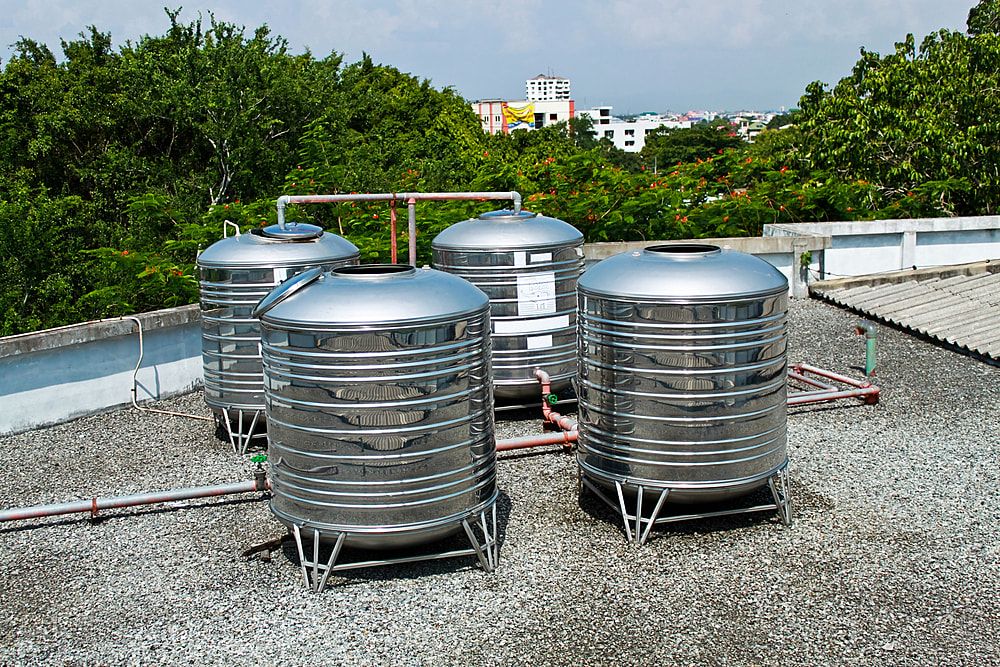
It gives you flexibility and mobility
Most concrete or polyethylene water storage tanks are installed in one place and they remain in their fixed spot until they are replaced.
However, this isn’t suitable for all businesses. Hence, companies that use stainless steel water storage tanks can easily move their tank to another location with a forklift.
This eliminates the efforts and stress associated with moving a tank.
Looking for an expert in fabricating steel water tanks? Try Choong Ngai Engineering
With Choong Ngai Engineering's veteran technicians and engineers, we can provide a start-to-end manufacturing and troubleshooting process of fabricating steel water tanks for your business.
Most importantly, we'll work alongside you and your team to understand and define your exact requirements, and this process ensures that we provide the best solution to your unique maintenance requirements.
We've been servicing happy customers for over 10 years. Learn more about our services and previous projects on our web site or contact us at https://www.choonngaiengineering.com
